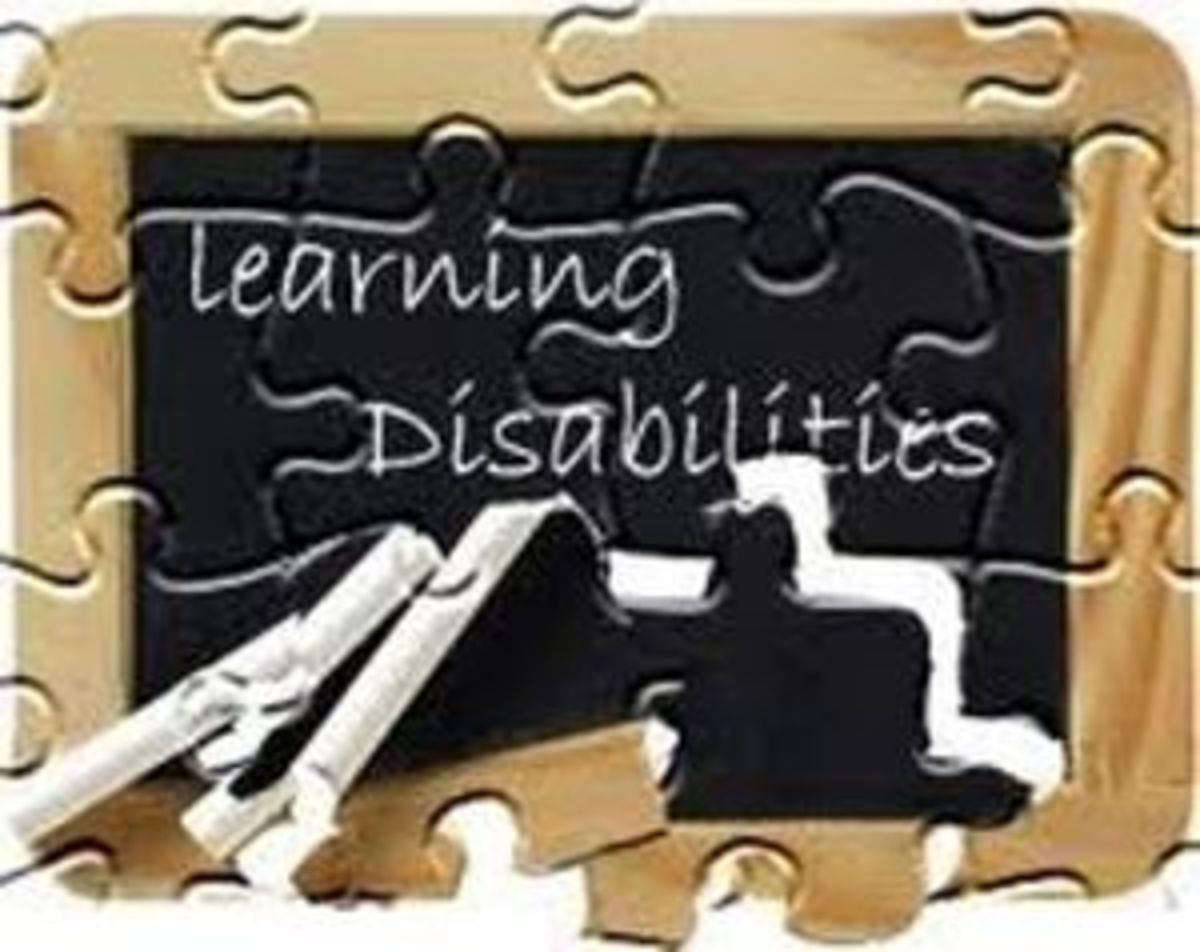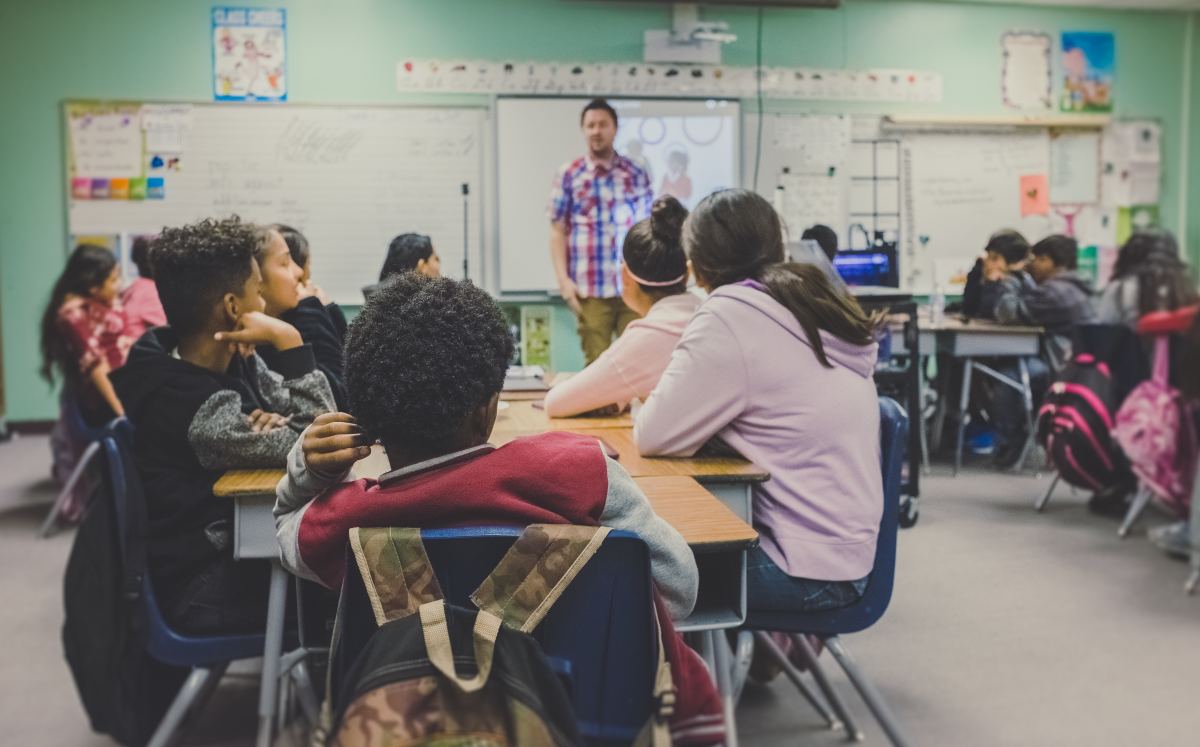How to cope with learning disabilities and attention deficits
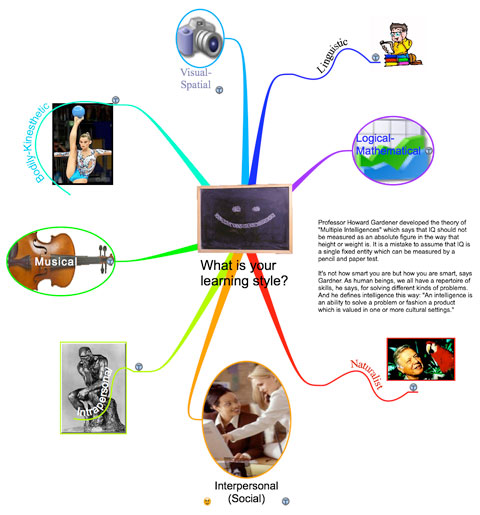
I have written several articles here on hubpages about my assistant, Kari, who works for me at my bed and breakfast: House For Sale, Keeping it All Together, and Broken Dishes. She exhibits several behaviors which prevent her from functioning on a level that her
intelligence alone could handle. To use some popular labels, I would characterize her as obsessive compulsive, impulsive, depressed, and having attention deficit disorders.
However, she is extremely intelligent and capable of functioning at a high level for periods of time. If conditions are conducive to her learning capabilities, she functions quite well as long as there is not too much pressure on her.
Prior to working with Kari, I was a special education teacher and learning specialist in the high schools in
Chicago, where I worked with many students who suffered with the same behavior problems as Kari. Most were not as intelligent as she is and, of course, didn't have the life experience that she has at age 32, married and with children. After observing and determining just what their behavioral problems were, my main concern was to identify their individual learning styles and design strategies to cope with and compensate for those problems.
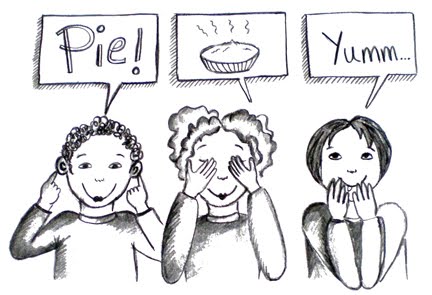
Every individual has their own learning style and most fall under one of the following general categories, with some degree of variation:
1.
Visual Learners(those who learn by seeing)
These individuals
tune in on body language
and facial expression to fully understand. If taking a class or attending a meeting, etc, They tend to sit at the front of the room to avoid visual obstructions (e.g. people's heads). They may think in pictures and learn best from visual displays including: diagrams, illustrated text books, overhead transparencies, videos, flip charts and
hand-outs. During a lecture, classroom discussion or meeting, they often take detailed notes to absorb the information.
2.
Auditory Learners (those who learn through listening)
These individuals learn best through verbal lectures, discussions, talking things through and listening to what others have to say. Auditory learners interpret the underlying meanings of speech through listening to tone of voice, pitch, speed and other nuances. Written information may have little meaning until it is heard. These learners often benefit from reading text aloud and using a tape recorder.
3. Tactile/Kinesthetic Learners (those who learn through moving, doing and touching)
Tactile/Kinesthetic
persons learn best through a hands-on approach, actively exploring the physical world around them. They may find it hard to sit still for long periods and may become distracted by their need for activity and exploration.
Some people learn best by using a combination of the above learning styles. The delineation between each style is not so clear cut and they definitely overlap. I tend to be a visual/tactile/kinesthetic learner, so I have always learned best by sitting up front, making diagrams and outlines, and taking notes. The note-taking also brings into play the tactile (touch) and kinesthetic (muscle memory), as do hand-on activities. I have developed many more ways of helping myself to learn efficiently over the years.
The advantage of identifying your learning style
If
you feel you would like to learn more efficiently and retain more information, because your method of taking in information and storing it in the brain also affects your memory, the
first thing you need to do is identify your learning style or styles. An adult can probably do this for himself; however, most children would benefit from working with a learning specialist. Using strategies involving your learning strengths is a good thing, but this is not to say
that you should avoid the areas that you are weak in. For example, I do
not learn as well auditorily
as I do visually, but I do spend time trying to strengthen my auditory skills.
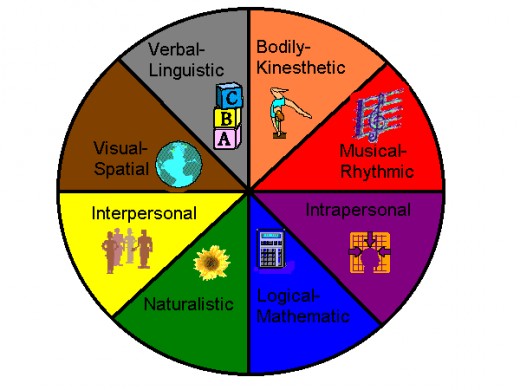
The next step is to develop strategies for utilizing your strengths and strengthening your weakness. There are many listed on the internet and in various publications that can help you get started. I've listed a few below. From there you can create some of your own, which are unique to you as an individual.
Examples
of strategies that may work for you taken from Learning Styles and Multiple Intelligences (http://www.ldpride.net/learning_style_work.html).
Visual Learners:
- use visual materials such as pictures, charts, maps, graphs, etc.
- have a clear view of your teachers when they are speaking so you can see their body language and facial expression
- use colour to highlight important points in text
- take notes or ask your teacher to provide handouts
- illustrate your ideas as a picture or brainstorming bubble before writing them down
- write a story and illustrate it
- use multi-media (e.g. computers, videos, and filmstrips)
- study in a quiet place away from verbal disturbances
- read illustrated books
- visualize information as a picture to aid memorization
Auditory Learners:
- participate in class discussions/debates
- make speeches and presentations
- use a tape recorder during lectures instead of taking notes
- read text out aloud
- create musical jingles to aid memorization
- create mnemonics to aid memorization
- discuss your ideas verbally
- dictate to someone while they write down your thoughts
- use verbal analogies, and story telling to demonstrate your point
Tactile/Kinesthetic Learners:
- take frequent study breaks
- move around to learn new things (e.g. read while on an exercise bike, mold a piece of clay to learn a new concept)
- work at a standing position
- chew gum while studying
- use bright colors to highlight reading material
- dress up your work space with posters
- if you wish, listen to music while you study
- skim through reading material to get a rough idea what it is about before settling down to read it in detail.
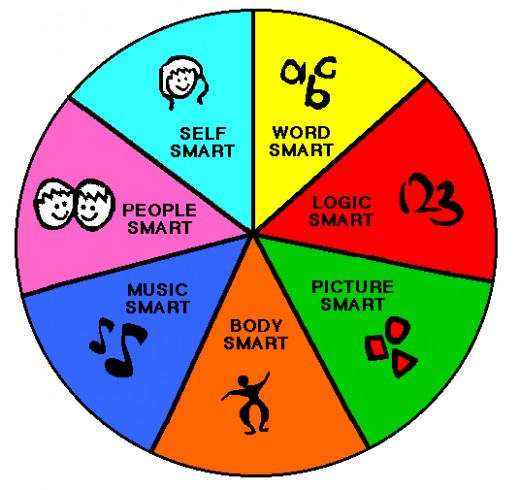
Multiple Intelligences
Having a learning disability or an attention deficit does not mean that a person is not intelligent. Either one may affect the efficiency with which you use your intelligence, but they do not imply that one's intelligence is operating on a low level. On the contrary, many geniuses and famous people have had learning disabilities and attention deficits. Some examples are: Albert Einstein, Nelson Rockefeller, Galileo, Thomas Edison, Mozart, John F. Kennedy, Whoopi Goldberg, F. Scott Fitzgerald, Walt Disney, John Lennon, and Robin Williams to name a few. Just about everyone has a area in his or her cognitive functioning which may be weaker than the rest.
Theory of Multiple Intelligences
The theory of multiple intelligences was developed in 1983 by Dr. Howard Gardner, professor of education at Harvard University. It suggests that the traditional notion of intelligence, based on I.Q. testing, is far too limited. Instead, Dr. Gardner proposes eight different intelligences to account for a broader range of human potential in children and adults. These intelligences are:
- Linguistic Intelligence (word smart)
- Logical-Mathematical
Intelligence (number/reasoning smart)
- Spatial Intelligence (picture Intelligence)
- Bodily-Kinesthetic Intelligence (body smart)
- Musical Intelligence (music smart)
- Interpersonal
Intelligence (people smart)
- Intrapersonal
Intelligence (self smart)
- Naturalist Intelligence (nature smart)





